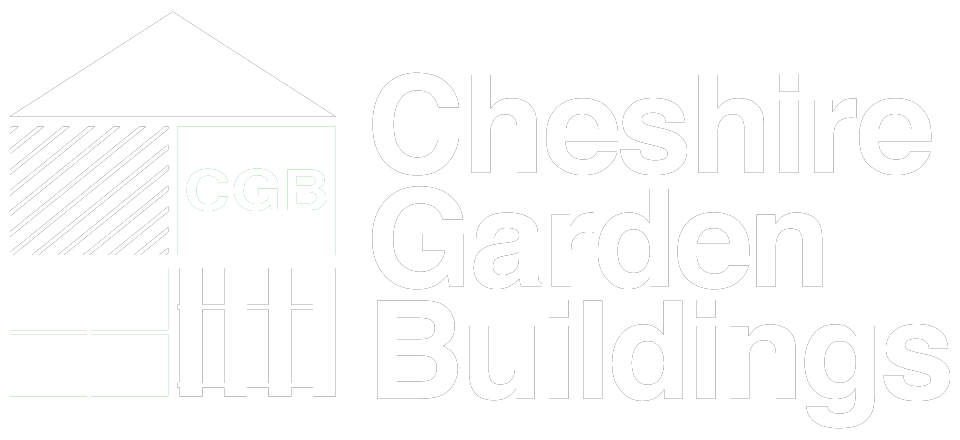PENT LOG CABIN


You have a choice of 44mm or 70mm thick interlock wall logs on your Astwood log cabin.
Our wall logs have a double tongue and groove profile for extra strength. The wall logs are locked securely together in the corners of the log cabin by the interlock system we use. This makes a solid and wind proof structure.
The thickness provides strength to the structure and natural insulation which will keep the inside of the your cabin at an ambient temperature.
44mm wall logs are suitable for most sizes and styles of log cabin. They are sturdier over longer spans than thinner logs. They are fine to use for home offices etc but they should not be used for residential log cabins.
70mm wall logs are suitable for most sizes and styles of log cabin. Although they are thicker than 44mm wall logs they are still not really suitable for residential log cabins. 70mm wall logs have to be cut from the top of the tree so they are rarer and we cannot be so choosy. 70mm wall logs usually have more shakes (small splits) in them.
44mm wall logs can be straight cut or chamfered at the ends.
70mm log cabin wall logs are always straight cut at the ends.
Unfortunately, we don’t sell the wall logs separately.
Our log cabin windows and doors are joinery made to a high specification. The components are machined using the latest tooling and they are finished off by hand by our skilled craftsmen. The locks and handles we use are the same as the ones you might find on the uPVC windows and doors in your home.
Our log cabin windows feature:
- 2 point locking espagnolette lock with mushroom keeps
- Friction stays to hold the window open
- Lockable handle to fit espagnolette lock
- Rubber seal to help prevent water ingress
- 24mm double glazed units
Our log cabin doors feature:
- 3 pieces of wood laminated together to prevent twisting and warping
- 3 point multi locks with keeps fitted in the top, centre and bottom of the frame (single door) or slave door (double door)
- Door handle to fit multi lock (flips up like your house door)
- Cylinder mechanism for handle/multi lock
- Adjustable hinges which can be altered if there is any timber movement
- Push bolt catch at top and bottom of slave door (double doors)
- Rubber seal to help prevent water ingress
- 24mm double glazed units
All our glazed windows and doors feature 24mm thick double glazed units.
It is important to check the profile of the double glazing you will get on your log cabin.
Our units are made up from a sheet of 4mm toughened glass, a 16mm air gap, and another sheet of 4mm toughened glass.
Toughened glass will shatter into thousands of tiny, harmless pieces if it breaks so it provides peace of mind if you have young children, pets or elderly relatives around.
Our floor boards are 27m thick single tongue and groove with expansion gaps on the underside.
A thicker floor is sturdier and will hold more weight, important if you are putting furniture or other heavy items inside. There should be less bounce as you walk across it compared to thinner floors.
The tongue and groove design helps the floor boards to fit together securely.
The expansion gaps on the back of the floor boards are very important. All the wood in your log cabin will expand and contract in the different seasons and temperatures, this is perfectly natural. If a floor board doesn’t have expansion grooves, when it expands and it cannot move any further because it is pushing on the other floor boards and the walls, it will push upwards and make the floor uneven. The expansion gaps allow the log cabin floor boards to expand further without pushing upwards.
Our floor boards are 20mm thick and have a single tongue and groove profile which helps them fit together securely.
At 20mm they are thick and strong enough to support the roofing material, usually roof shingles.
The tongue and groove profile makes them easy to fit together on the roof and allows for the expansion and contraction of the wood in the different seasons.
The underside, which will be visible inside the log cabin, has a small decorative chamfer to both edges.
Bearers are lengths of wood which are placed on top of your base. The log cabin is then built on top of them. Bearers lift the cabin off the base and so it is not in contact with the ground or any surface water. We also run damp proof material along the top of the tanalised bearers when we construct our cabins to further reduce any moisture reaching the bottom logs. It is a good idea to do the same if you are building your own log cabin.
Tanalising is a treatment for external wood including wood which will be in contact with the ground. Tanalising offers long term protection against fungal decay and insect attack greatly extending the life expectancy of the wood.
During the tanalising process the timber is held in a vaccum tank to remove any excess moisture, the chamber is then flooded with the tanalising chemicals and high pressure is applied forcing the chemicals to penetrate the timber.
Tanalised timber starts off a greenish or honey brown colour and will eventually fade off to a silver grey after long term exposure to UV light.
A storm bar is a long baton of wood which is fixed externally to the 4 corners of the log cabin.
It is bolted to the cabin at the top and bottom.
At the bottom there is a large oval slot for the bolt to go through. This allows the storm bar to move up and down as the walls settle and then expand and contract in the different temperatures and humidities.
The purpose of the weather bar is to help protect the building from damage when it is windy. A storm bar cannot prevent damage to a log cabin in very strong winds.
It works by fixing the top wall logs to the bottom ones. The bottom wall logs are held down by the total weight of the cabin.
We design your log cabin to have larger roof overhangs at the front, back and sides.
This provides extra protection from the elements and can help to reduce issues caused by weathering, water ingress and splash back.
You will need to leave extra space around the sides and back of your log cabin to fit in the roof overhangs.
We know that in some cases it might limit the size of the building that you can fit in your garden but it is an important factor and so as a rule we don’t reduce the roof overhangs.

